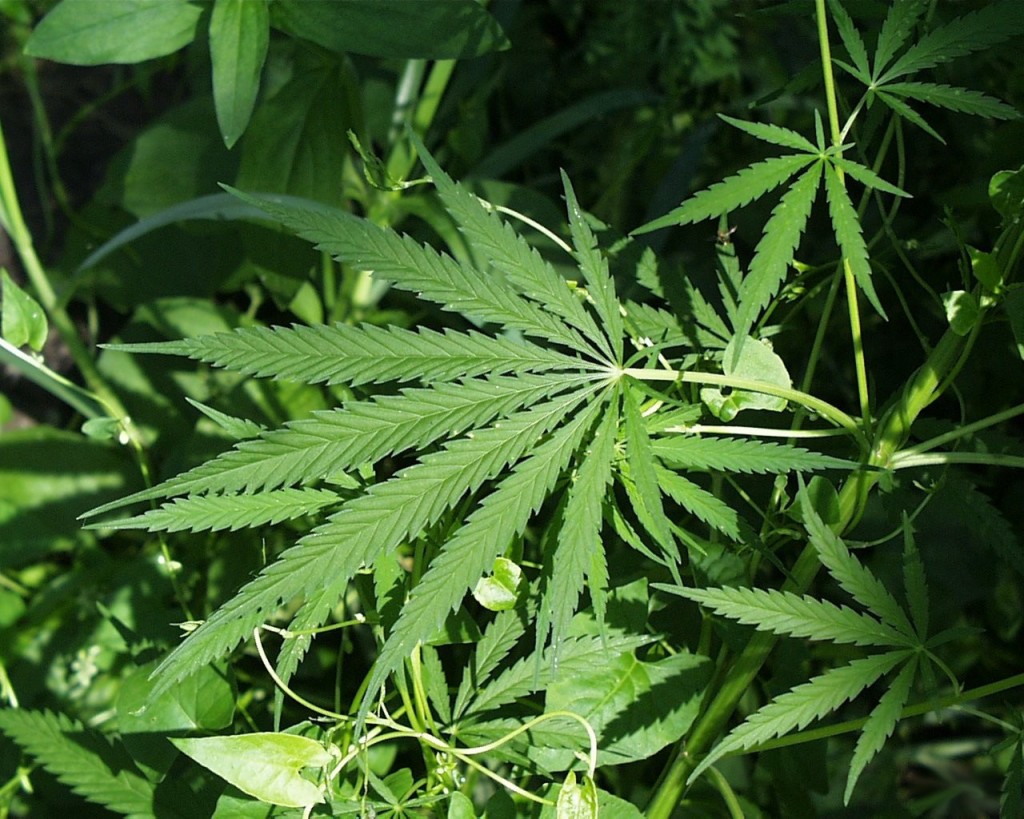Breaking
B.C. First Nation considers growing medical marijuana on its reserve

” width=”604″ height=”483″ />
Leaf of a Cannabis plant. Photo from United States Fish and Wildlife Service / Wikimedia Commons.VANCOUVER — When Elaine Alec started door knocking in her First Nation community to ask families and respected elders if they would approve of an on-reserve medical marijuana grow-op, she braced herself for the worst.
“My first line was: ‘So … What do you think of medical marijuana?'” said Alec, a planning and community engagement specialist with the Penticton Indian Band in British Columbia’s Interior.
“I was completely surprised that people would get a look of thought on their faces and were thinking about it. They would say, ‘I think that’s a good idea.'”
Now, the band’s proposal to build a medical pot facility is moving forward with substantial community support as the First Nation looks at growing a cannabis strain that caters specifically to health conditions afflicting indigenous populations.
If members approve the plan, the band would become the first aboriginal producer to become federally licensed in Western Canada, paving the way for what its business partner hopes will become a cross-country model.
The band’s development corporation signed a letter of intent to build the facility with cannabis producer Kaneh Bosm BioTechnology in September and held its first community information session last month.
Alec, who sits on Kaneh Bosm BioTechnology’s advisory board, said the company is currently testing a marijuana strain in topical solutions, edibles and teas for certain diseases, she said.
“When you start looking at the differences between the current health of First Nations people in Canada and the current health of the general population in Canada, our diabetes, rheumatoid arthritis, chronic disease and auto-immune disease rates are higher,” she said.
“The more people I’ve talked to, the more I’ve realized that there are a lot of community members using medical marijuana and they’re actually travelling to places like Vancouver to get the oils and stuff.”
Alec has arthritis and fibromyalgia, and said many First Nations people suffer with pain in silence, unable to afford high-quality prescription drugs.
“So we’re given the generic, lesser-quality stuff that makes us sick instead of having access to the higher-end injection-type drugs that would actually help,” she said.
“I’ve been in the hospital, I’ve been on morphine, I’ve been on prescription pills, gone into depression, been sick from some of the medication, so I know what it’s like.
“What we’re looking at is a strain that will help with inflammatory disease — specifically arthritis — with topical solutions and likely tablets.”
The proposed $10 million production facility, to be rolled out in three phases, has big potential to create jobs and financial gain for the band of about 900, she said.
Kaneh Bosm BioTechnology president Michael Martinz said he first approached the band in August of this year, and found an ideal property for the planned 9,300-square-metre production space. The completed facility would be capable of producing up to seven tons of cannabis per year.
“Our corporate vision was always to have a facility in the Okanagan using greenhouses and the sun as our source of the plant’s power,” he said.
“It is our understanding, and that is also supported by the law firm that we just brought on to guide us through this process, that we are the first (licensed producer) to come forward with a joint venture between a First Nation and a corporation.”
Martinz said the company plans to grow across the country and he has already been approached by other First Nations in Ontario, Alberta and B.C. expressing interest in similar projects.
He said he believes a First Nations model will give the company a “head start” in terms of a land base if commercial cannabis starts to pop up in Canada.
Penticton Indian Band Chief Jonathan Kruger said a majority members are on board with the plan so far, but the nation must still have a referendum before pursuing licensing through Health Canada.
There are concerns in the community around security and commercialization, and much more consultation and work ahead, but if all goes smoothly construction could start as soon as April 2015.
“I’m excited to see how far this goes and very proud of our community for taking bold steps,” Kruger said.
“We plan to set the standard high and be very successful at what we do.”





















